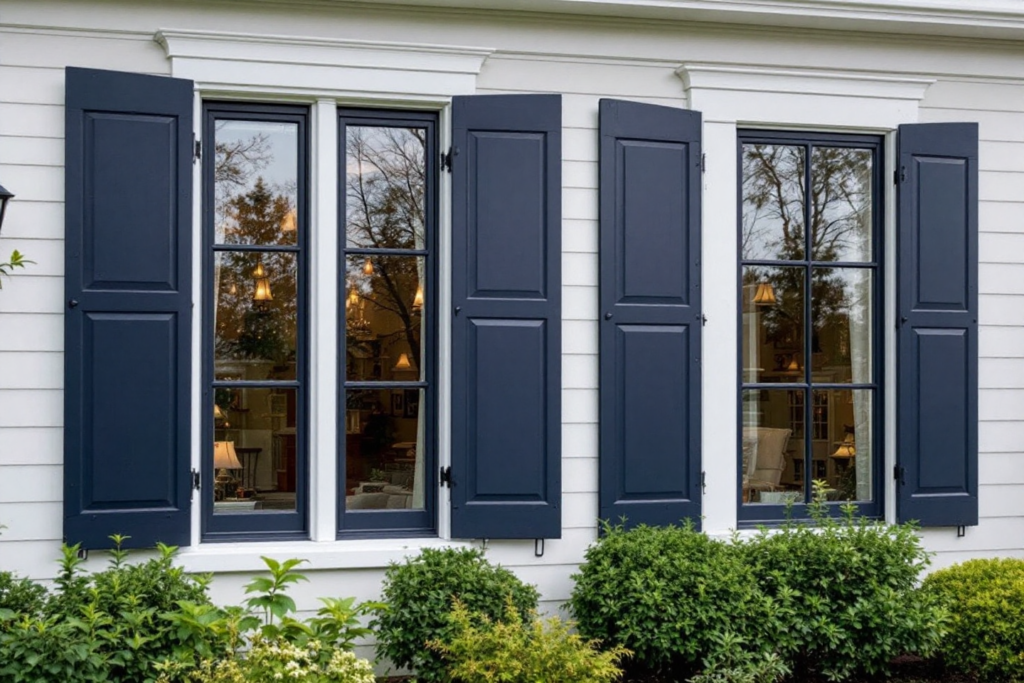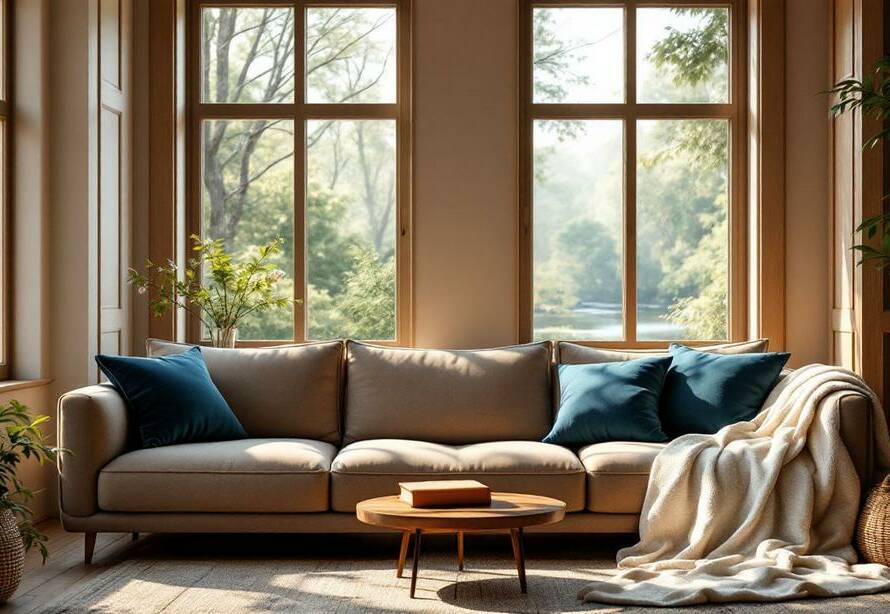Let’s be honest—windows are the unsung heroes of home design. They don’t just let the light in; they tell a story. The right window design can emphasize the charm of a Victorian home, add a modern edge to a minimalist build, or highlight rustic features in a cottage-style abode. They’re functional and fashionable. Choosing the right window design is more than just picking glass panes; it’s about framing your entire home in style.
Whether you’re remodeling or building from scratch, your window design decisions play a crucial role in defining your home’s character, flow, and vibe. It’s not just about looks either—well-designed windows boost energy efficiency, increase property value, and improve overall comfort.
TLDR – Quick Guide
Here’s a fast breakdown of how window design affects your home’s architecture:
- Defines the home’s style: Traditional, modern, rustic—your windows help tell the tale.
- Enhances natural light: The right design brightens interiors and improves ambiance.
- Improves energy efficiency: Design impacts how your home retains heat or cool air.
- Frames the view: Placement and shape matter for maximizing those scenic moments.
- Increases home value: Smart design choices = higher resale potential.
Detailed Breakdown
1. Matching Window Design to Architectural Styles
Different home styles demand different window approaches. Here’s a cheat sheet:
- Colonial Homes: Symmetrical, double-hung windows with shutters add that classic charm.
- Modern Homes: Large, floor-to-ceiling picture windows or casement styles provide sleekness.
- Craftsman Bungalows: Grilles and divided lights are signature elements.
- Mediterranean Villas: Arched windows with ornate detailing are a perfect fit.
- Farmhouse Style: Tall, narrow windows bring in ample light and vintage vibes.
Each architectural style speaks its own language. The window design should be fluent in that language.
2. Shape, Size & Symmetry
Playing with proportion can dramatically shift a home’s visual appeal.
- Tall and narrow windows emphasize vertical space—perfect for making rooms feel loftier.
- Large horizontal panes suit modern homes with open floor plans.
- Arched or circular windows soften harsh angles and add elegance.
Symmetry, or purposeful asymmetry, should align with the home’s architectural intent. In traditional styles, symmetry is key. In contemporary designs, asymmetry can create exciting contrast.
3. Frame Material Matters
The material of your window frames does more than affect durability—it influences aesthetics:
- Wood frames suit rustic, traditional, or craftsman homes.
- Aluminum or fiberglass frames work great for modern and industrial looks.
- Vinyl offers versatility and affordability, working well in transitional styles.
Color, too, plays a role. Black frames add drama. White frames offer a clean, timeless feel. Natural wood finishes exude warmth and texture.
4. Let There Be (Smart) Light
Smart window placement can flood interiors with natural light while still maintaining privacy.
- Clerestory windows (set high on walls) bring in light without compromising privacy.
- Bay and bow windows add dimension and extra interior space.
- Transom windows are great for visual interest and ventilation.
Glass treatments like frosted panes, stained glass, or tints can provide both style and function.
5. Windows as Focal Points
Don’t underestimate the power of a statement window.
- An arched window above your entryway can create an inviting feel.
- A floor-to-ceiling window wall can turn your living room into a panoramic experience.
- A circular porthole window in a staircase landing adds unexpected charm.
Strategically placed and creatively designed windows can become architectural centerpieces.
Key Takeaways
- Window design isn’t just about aesthetics—it affects light, mood, energy efficiency, and resale value.
- Matching your windows to your home’s architectural style enhances curb appeal and coherence.
- Shape, size, materials, and symmetry all matter.
- Windows can—and should—be both functional and beautiful.
- A well-designed window can change the entire experience of a space.
FAQs
1. How do I choose the right window design for my home?
Start by identifying your home’s architectural style and work with that. Look at proportions, materials, and typical window placements for that style. Consulting with a design expert or browsing local architecture can offer inspiration.
2. Does window design really affect home value?
Absolutely. A well-coordinated window design can boost your home’s curb appeal, improve energy efficiency, and increase resale value. According to Remodeling Magazine, homeowners can recoup over 68% of window replacement costs upon resale.
3. Can I mix window styles in one home?
Yes—but with caution. It’s best to mix within a cohesive design strategy. For example, mixing large picture windows with smaller double-hung styles can work if frame colors and materials are consistent.
4. What’s the best window design for energy efficiency?
Look for double- or triple-pane windows with low-E coatings and insulated frames. Casement and fixed windows are generally more airtight than sliding or single-hung windows.
5. How important is natural light in window design?
Incredibly important. Natural light affects mood, productivity, and utility costs. Smart window placement maximizes daylight while minimizing glare and heat gain.



